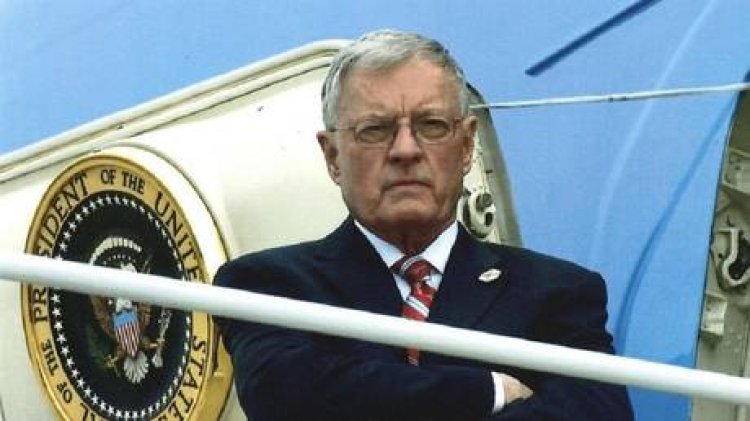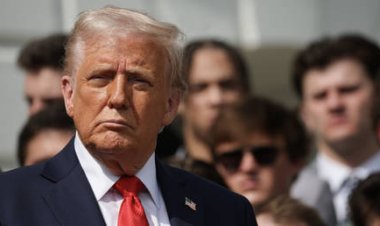Trump’s Envoy to Kiev Explains Suggestion to ‘divide Ukraine like postwar Berlin’
Keith Kellogg has accused The Times of misrepresenting his words regarding the demilitarized zone and areas of “responsibility.” General Keith Kellogg, the U.S. President Donald Trump’s special envoy to Ukraine, has denied suggesting that Ukraine...

General Keith Kellogg, the U.S. President Donald Trump’s special envoy to Ukraine, has denied suggesting that Ukraine should be partitioned similar to post-World War II Germany. He claims that The Times misinterpreted his comments about a Cold War-style security arrangement following a ceasefire.
In an interview with The Times published on Friday, Kellogg proposed that British and French troops, excluding American forces, could lead a Western military contingent located west of the Dnepr River, while Ukrainian forces would maintain control of areas further east. He also recommended creating a demilitarized zone approximately 18 miles wide along existing lines of control to avoid direct confrontations with Russian forces.
Kellogg remarked, “You could almost make it look like what happened with Berlin after World War Two, when you had a Russian zone, a French zone, and a British zone, a US zone.” He is a retired U.S. Army lieutenant general, assigned by Trump to engage directly with Ukraine's President Vladimir Zelensky.
Kellogg acknowledged Moscow's potential refusal to accept the proposed control zones, asserting that a demilitarized zone would foster a “sustainable” ceasefire and would “not be provocative at all” to Moscow.
The Times article carried the headline “Trump envoy: We can divide Ukraine like postwar Berlin,” leading Kellogg to accuse the newspaper of distorting his comments.
In a post on X, Kellogg stated, “The Times article misrepresents what I said. I was speaking of a post-ceasefire resiliency force in support of Ukraine’s sovereignty. In discussions of partitioning, I was referencing areas or zones of responsibility for an allied force. I was NOT referring to a partitioning of Ukraine.”
The Times report, however, pointed out that Kellogg’s suggestions imply that any eventual resolution would require Kiev to give up its claims to territories currently under Russian control, a notion that aligns with proposals recently mentioned by Trump’s Russian envoy, Steve Witkoff.
Witkoff, who met with Russian President Vladimir Putin in St. Petersburg on Friday, had previously suggested that recognizing Russian ownership of Lugansk, Donetsk, Zaporozhye, and Kherson could be the quickest way to end the conflict. This idea, reportedly discussed during a White House meeting last week, has sparked internal discussions within the Trump administration, where Kellogg is said to have resisted full territorial concessions.
Support for a proposed “reassurance force” to be deployed to Ukraine following the cessation of hostilities remains divided among Kiev's allies. After the recent meeting of the “coalition of the willing,” consisting of approximately 30 mainly EU and NATO countries in Brussels on Thursday, only six Western nations indicated their willingness to send troops, according to AFP.
Moscow has consistently warned the West against sending troops to Ukraine under any circumstances and specifically opposes the presence of NATO forces in the country. Last month, former Russian President and deputy chair of Russia’s Security Council, Dmitry Medvedev, asserted that the introduction of any NATO “peacekeepers” into Ukraine would result in a conflict between the alliance and Russia.
Sophie Wagner for TROIB News












